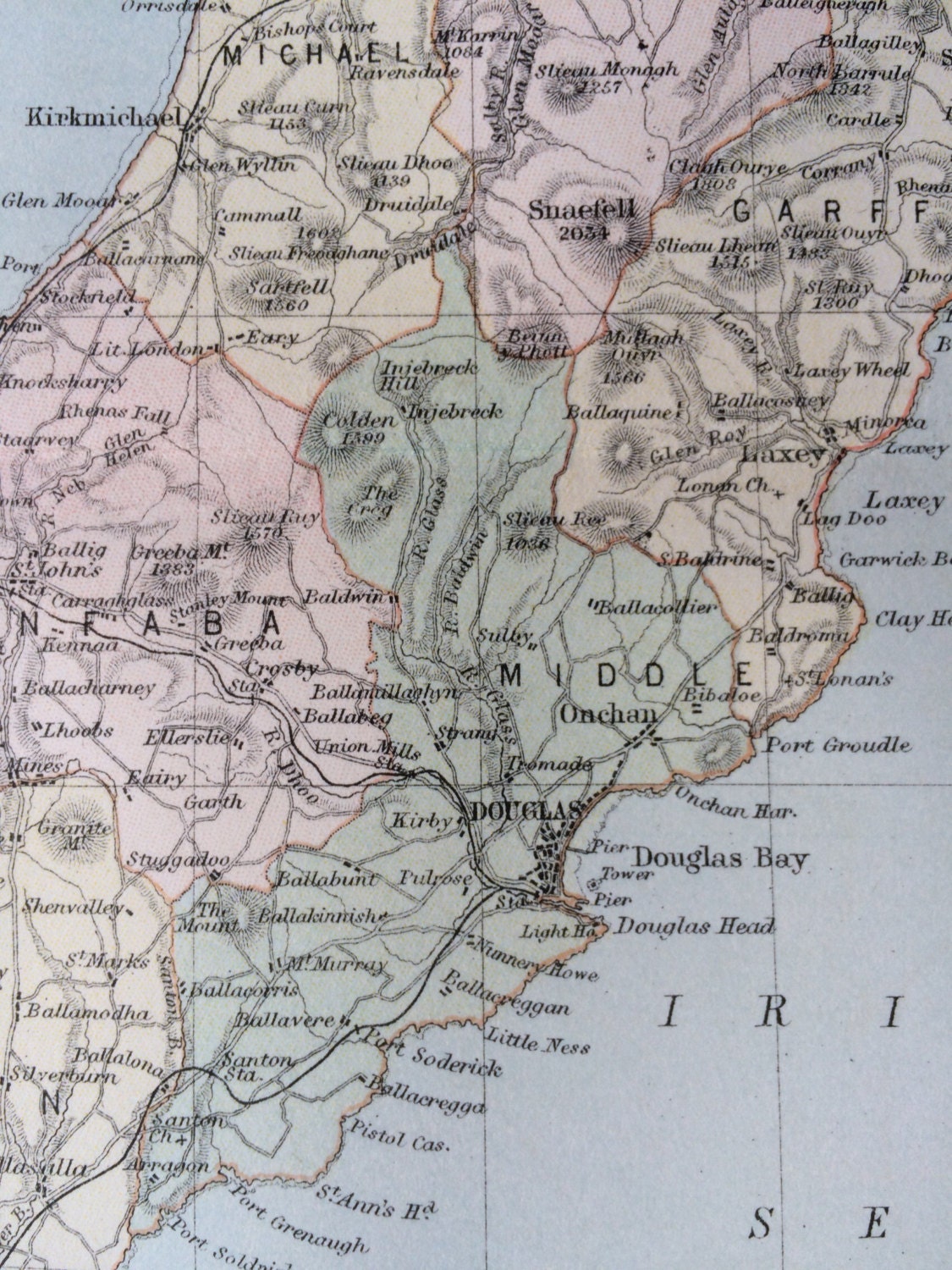

Allons encore plus loin, et ne nous limitons pas aux formes vivantes : par rapport aux pluies, une pluie de sang ou de grenouilles sera un monstre par rapport aux phénomènes célestes ou aériens, une comète ou une éclipse méritera ce nom. Allons plus loin : sont monstres les êtres vivants qui, tout en ressemblant à leurs parents, s’écartent de la forme ordinaire de leur genre : ainsi l’autruche, qui est un oiseau, mais un oiseau qui ne vole pas les exocets, qui sont des poissons, mais des poissons qui peuvent voler ou encore les toucans, dont le bec est disproportionné par rapport aux dimensions ordinaires des becs d’oiseaux. Sont monstrueuses, par exemples, ces races d’hommes, supposées vivre en de lointaines contrées, au fond de l’Orient ou dans le grand Nord, qui s’écartent de la forme ordinaire de l’homme : les Arimaspes, qui n’ont qu’un œil les Astomes, qui, sans bouche, ne vivent que du fumet des aliments les Sciapodes, qui n’ont qu’un pied, mais immense les Géants les Nains mais aussi bien tous ceux qui, non plus dans leur conformation physique, mais dans leurs mœurs, s’écartent de l’ordinaire, comme les Troglodytes ou les Anthropophages. Thus, the notion embraced a wide range of realities as is shown by the list Jean Céard draws of people and things described as monsters at the time: He explains that monstrosity was generally equated with the rare or any deviation from what was deemed to be normal (18). Aperçus sur l’histoire culturelle et scientifique de la monstruosité,” Jean Céard offers a definition of what early modern populations regarded as monstrous (18-19). The placement requires some practice, but can be done after building the entire room.1In “L’énigme des monstres.
#Cartographica map man how to


While the terrain is slightly different, owing to the eons that have passed since the creation of the original map, this map room still retains the ability to quickly send anybody with a bracelet to one of the attuned obelisks.

In times past, the Giant-kings used sorcery to quickly move their slaves around their kingdom, attuning their bracelets to different areas and then using the map room to get there. This room is a copy of the maproom that exists beneath the Unnamed City.


 0 kommentar(er)
0 kommentar(er)
